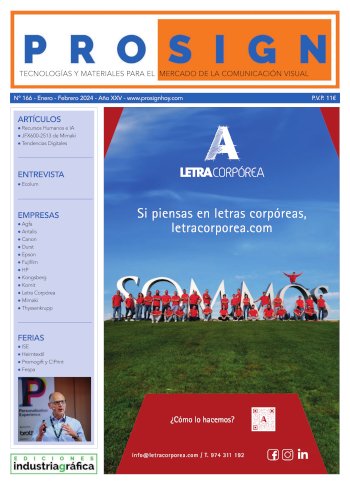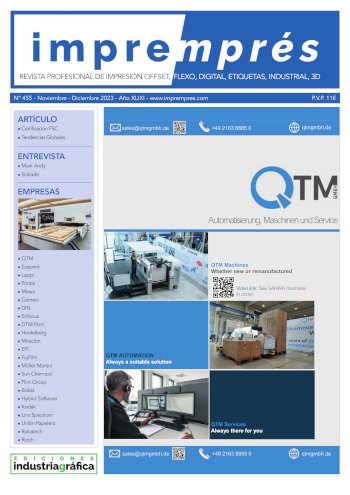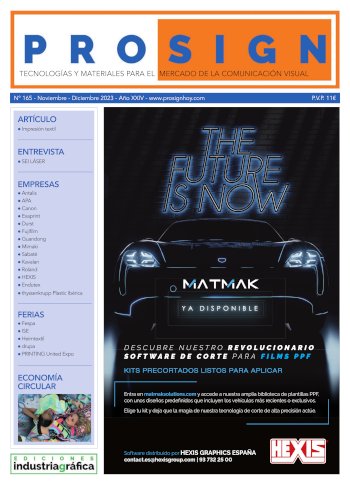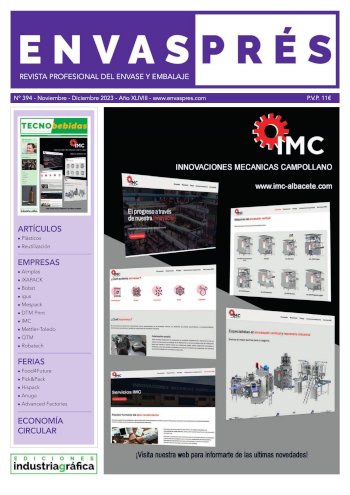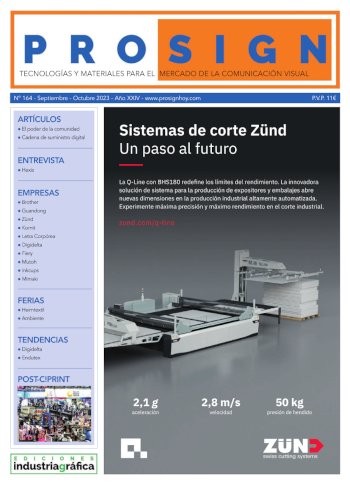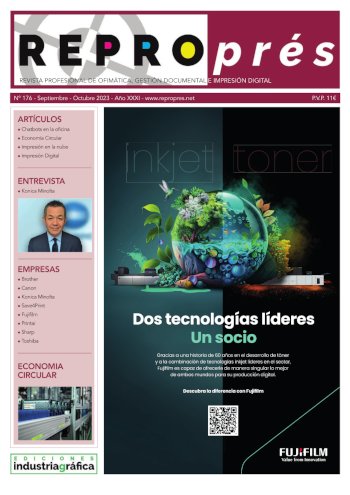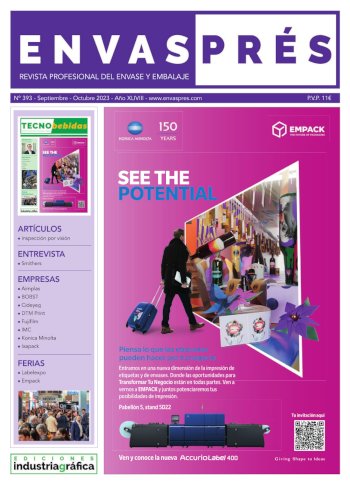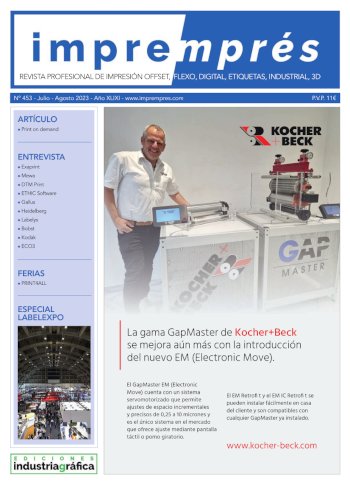Meech to showcase full static control and web-cleaning ranges at IPEX 2014
- Publicado el 21 de Enero de 2014
Meech International has officially announced its first ever attendance at IPEX (24th – 29th March, London, UK, Stand S2-F210), the largest print-focused event of 2014. With a line-up that includes its four web-cleaning technologies and complete Hyperion static control range, Meech views the show as the ideal podium for illustrating how its products can benefit print businesses.
“We are very excited to be attending a prestigious exhibition that is targeted at such a vast demographic,” states Adam Battrick, Business Unit Director for Cleaning Systems. “The print industry benefits greatly from our web cleaning and static technologies, and being present at the show will open up a variety of opportunities for our business. Our products have always answered the needs of a variety of sectors and we expect they will attract a good deal of interest at IPEX.”
In order to minimise wastage and achieve higher levels of productivity on printing applications, it is important for commercial printers to capitalise on the strengths of contact and non-contact web-cleaning. “In the label market we are seeing a move towards non-contact systems, such as our latest web cleaning system CyCleanTM,” explains Adam. “This is mainly because with non-contact cleaning you get the best of both worlds. CyCleanTM can be used with all substrates, improving the flexibility of the press and it is not affected by high contamination levels like a tacky roller system and has no consumable costs”. CyCleanTM is capable of removing contamination to below 1 micron and incorporates fluid dynamic principles to deliver higher levels of cleanliness for label printing applications.
Tacky roller contact systems also provide excellent cleaning and are particularly efficient at removing contamination from filmic substrates. Meech’s contact cleaning system, the TakClean (tacky roller) is employed mostly in the print and label printing sectors. Tacky roller contact cleaning systems in particular use elastomer rollers to remove dry, unbonded contamination from a moving web, which is then transferred onto adhesive roles where it is trapped. The design of the system also allows operators to see the contamination being collected on the adhesive roll.

“Web cleaning systems need to achieve two main actions for successful cleaning,” continues Adam, “the boundary layer of air on the web must be broken, allowing contamination trapped under and within it to be removed, and the static charge on the web must be eliminated so that contamination can be isolated. Only a system this thorough will result in a spotless web, which is of paramount importance to print businesses, who expect the very highest quality finish for all of their products.”
Despite static being a common phenomenon, Business Unit Director for Static Control, David Rogers believes that the print industry may not be fully aware of the impact it can have on business.
“A common need for static elimination is found on digital printing lines,” he elaborates. “For instance, a massive static charge can be generated as the coated paper or film is unwound from a roll. These charges are capable of attracting airborne dust to the web from several feet away, which can be particularly damaging if the material comes within close proximity of the floor. Once the dust is on the material, it can cause defects in print quality.”
Another issue to take into account is that high static charges can also cause problems with ink adhesion, as they can actually repel the ink from the material surface, and affect the overall quality of the finished product. Not only does this scenario lead to increased production costs, it can also lead to reduced production speeds.
When static is present on the web, even in small amounts, this can also cause issues during the winding process. As the material is wound up, the “battery effect” can result in a huge charge being accumulated. Aside from causing high levels of dust attraction, a powerful discharge can result not only in operator shocks, but also fires or the severe damage of in house equipment.
“Meech has long recognised the issues caused by this phenomenon,” concludes David, “which is why we aim to provide customers with the excellent standards of static elimination they have come to expect from our brand. In that spirit our most recent bars, the 971IPS and 929IPS, were developed as a response to customer feedback and provide efficient ionisation from a 24V power supply.” Available immediately, Meech’s complete web-cleaning and static control ranges will be on display on the Meech stand (S2-F210) at IPEX, from March 24th to 29th, 2014.



